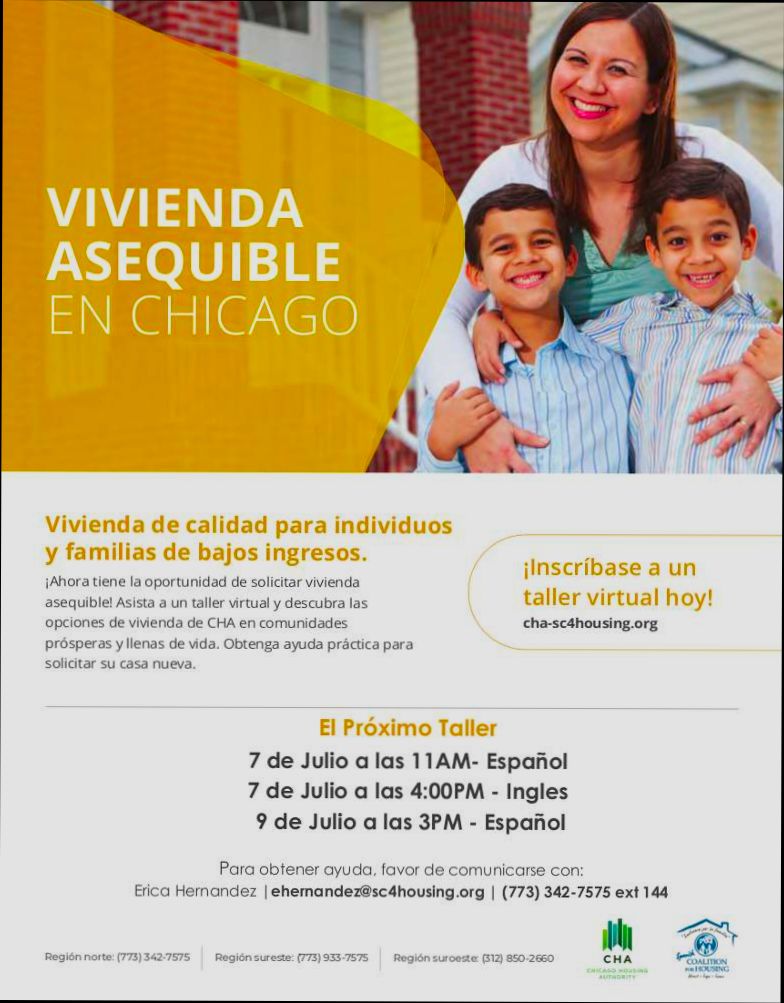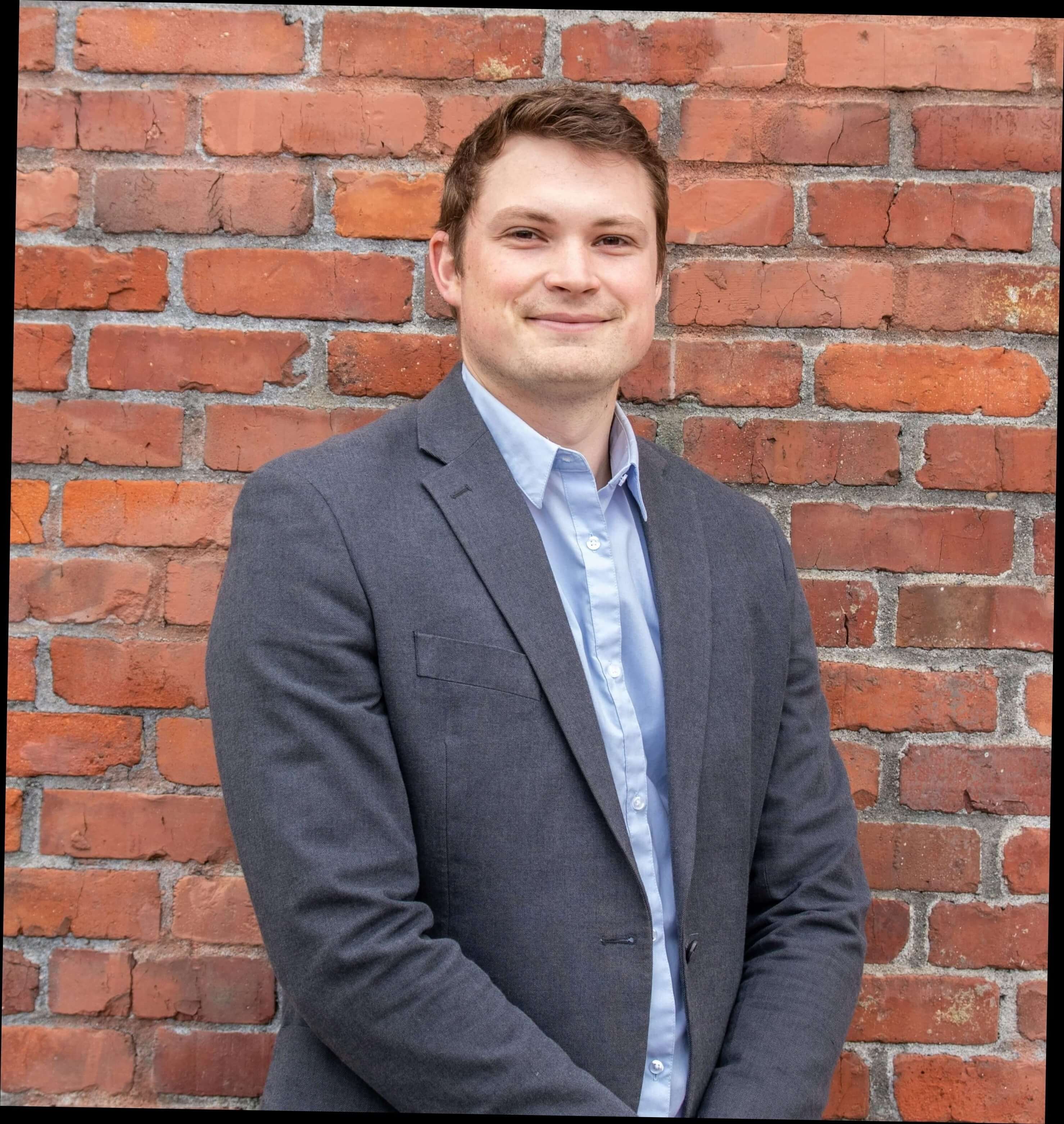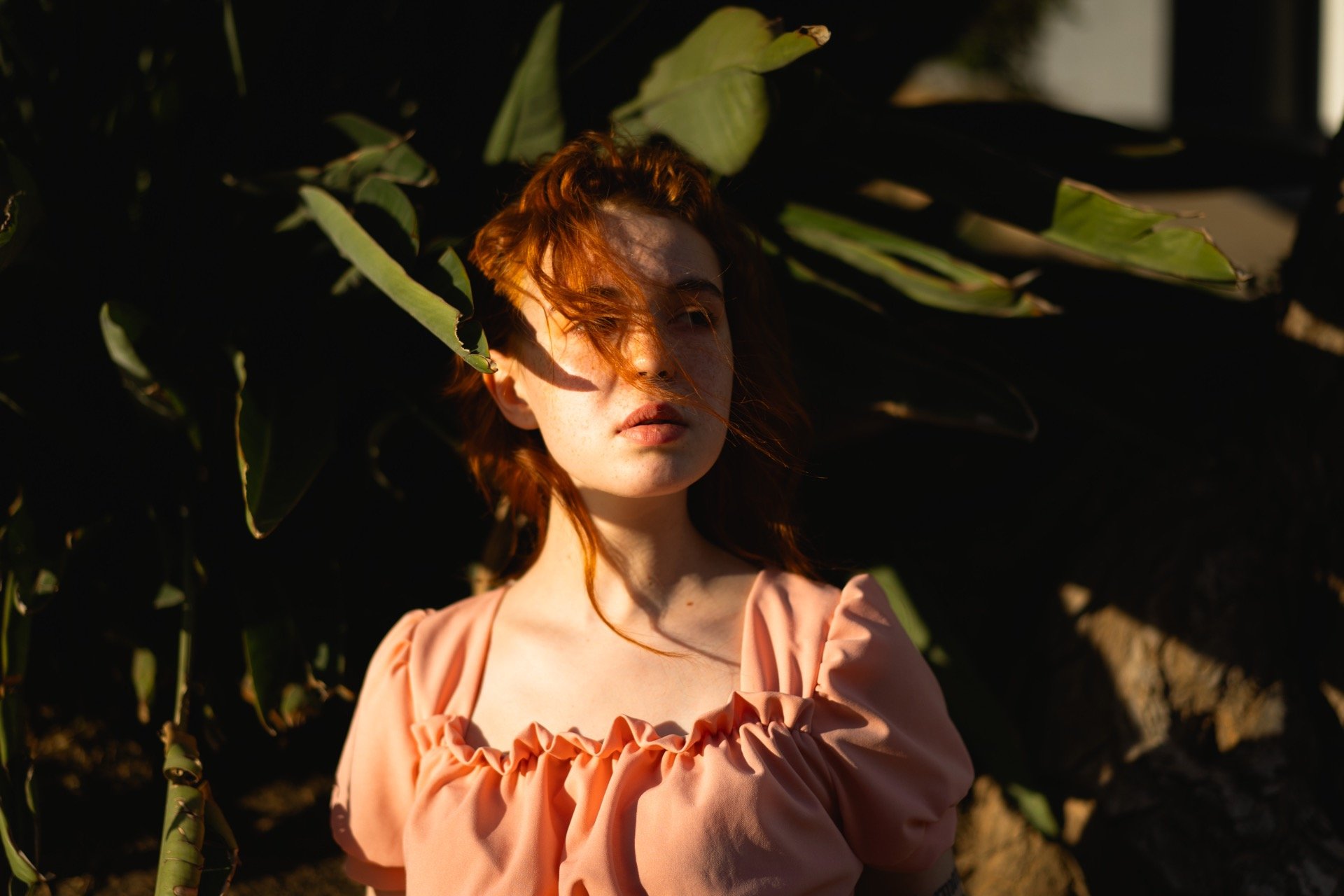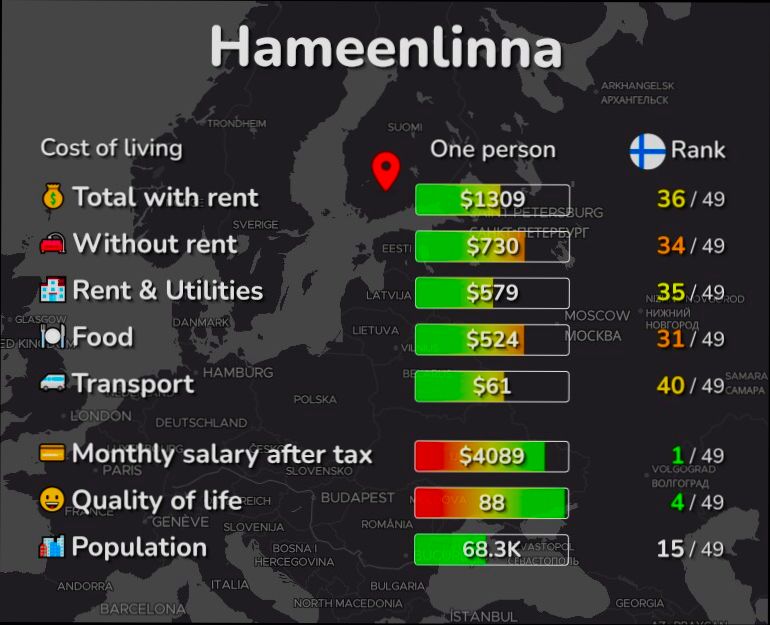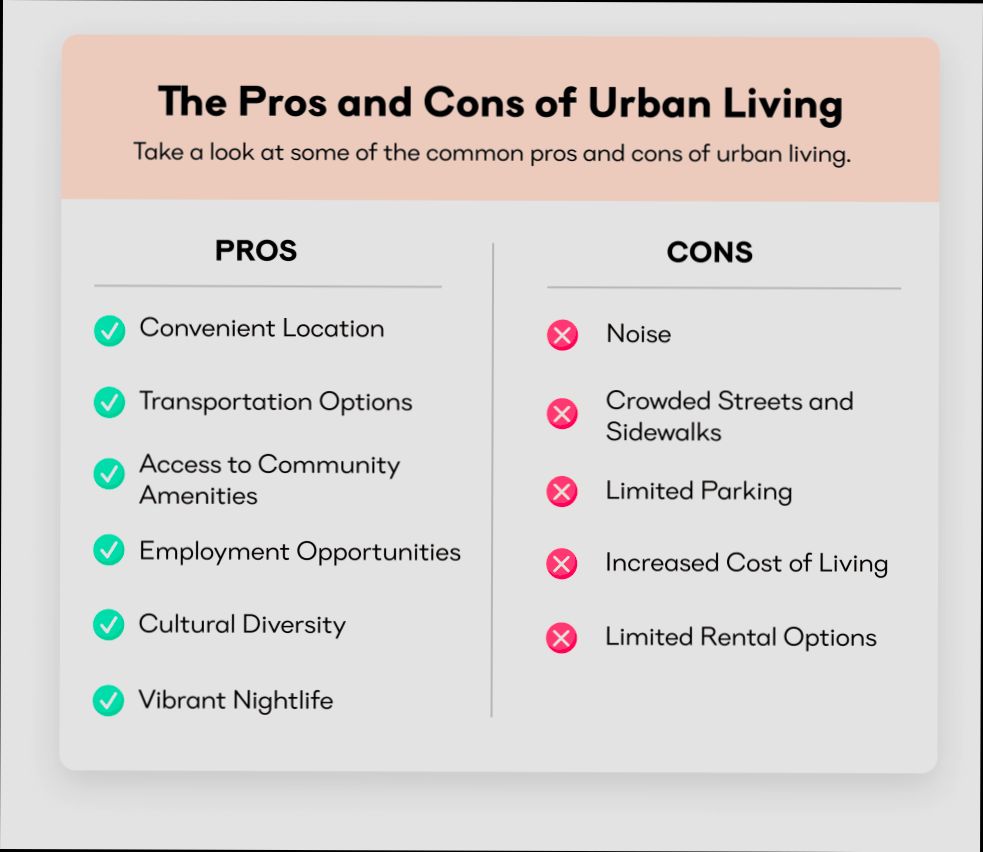Affordable Housing Initiatives in Spain are shaping the way people live, especially in urban areas where skyrocketing prices have made owning a home feel like a distant dream. For instance, in cities like Madrid and Barcelona, housing costs have surged over 40% in the past decade. To combat this, the Spanish government rolled out programs like the “30% Act,” which mandates that a third of new developments must be allocated for affordable housing. Local governments are also taking strides; Barcelona’s “Housing Plan” aims to create over 7,000 affordable homes by 2023. It’s exciting to see how these initiatives are trying to make the dream of homeownership a reality, even amid the rising costs.
You can’t ignore the impact these projects have on community dynamics. Many of the initiatives focus on integrating these affordable units within existing neighborhoods, aiming to promote diversity and inclusivity. For example, in Valencia’s recent developments, mixed-income housing has become a norm, allowing families from various backgrounds to thrive together. Plus, cities like Bilbao have adopted social housing quotas, ensuring that new residential areas are accessible to everyone, including those struggling to make ends meet. With Spain’s current push towards affordable living, it’s clear that there’s a concerted effort to tackle the housing crisis head-on and create vibrant communities.
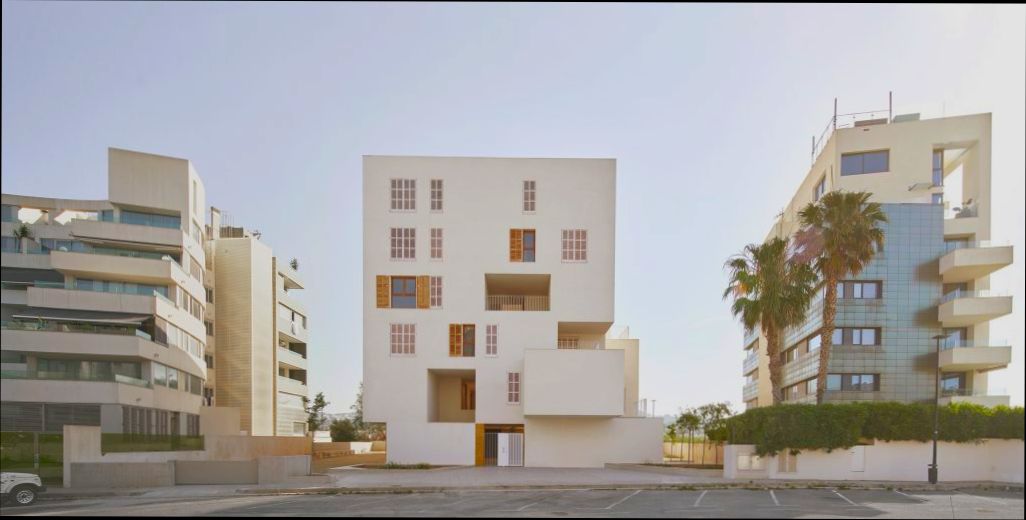
Overview of Spain’s Affordable Housing Policies
In Spain, affordable housing policies are pivotal in addressing the increasing need for accessible living options for families and individuals. This section delves into the current policies, strategies, and specific measures taken by the Spanish government to make housing more affordable.
Key Statistics and Policies
- Public housing in Spain constitutes only 2.5% of the market, a strikingly low percentage compared to other EU member states.
- The government has recently transferred over 3,300 homes and nearly 2 million square meters of residential land to facilitate affordable housing initiatives.
- It is estimated that there are more than 30,000 homes currently held by SAREB (the Spanish “bad bank”), with 13,000 of these homes available for immediate promotion as affordable housing.
- A new initiative aims to increase support for home purchases up to 100% of the value, aligning Spain’s policies with those of more housing-focused countries.
Comparative Overview of Housing Financial Aid in Spain
| Policy Measure | Amount Allocated | Beneficiaries | Duration/Frequency |
|---|---|---|---|
| ICO Credits and Guarantees | €4 billion | Home buyers and renters | Ongoing |
| Direct Housing Aid | €250 per month | Low-income households | Monthly |
| Renovation Aid | €3 billion | Homeowners and landlords | Ongoing |
| Support to Combat Homelessness | €3.6 billion | Homeless individuals and families | One-time |
| Housing Acquisition Financing | €20 billion | 1.5 million households | Ongoing |
Real-World Case Studies
The Basque Country’s social housing program exemplifies effective public policy implementation. It delivers high-quality housing to low- and moderate-income individuals through innovative financing methods and collaboration between public and private sectors. This initiative not only addresses immediate housing needs but also contributes to long-term community stability.
Catalonia has seen a rise in co-housing models, particularly in the municipality of Vilaür, which promotes sustainable and communal living. This approach underscores the shift towards alternative living arrangements that prioritize shared resources and lower costs.
Practical Implications
For those navigating Spain’s affordable housing landscape, understanding the available support can be crucial. Here are some actionable insights:
- Explore Financial Aid: If you’re a potential buyer or renter, consider applying for the ICO credits that can cover up to the full purchase value of the property.
- Stay Informed: Keep track of Spain’s housing policies, especially changes that may increase funding or expand eligibility criteria for financial assistance.
- Engage with Local Programs: Investigate local housing programs such as social housing developments in the Basque Country or co-housing opportunities in Catalonia. These programs can provide affordable options that are less affected by market fluctuations.
By taking advantage of these policies, you can navigate your housing search more effectively and secure a living situation that fits within your budget.
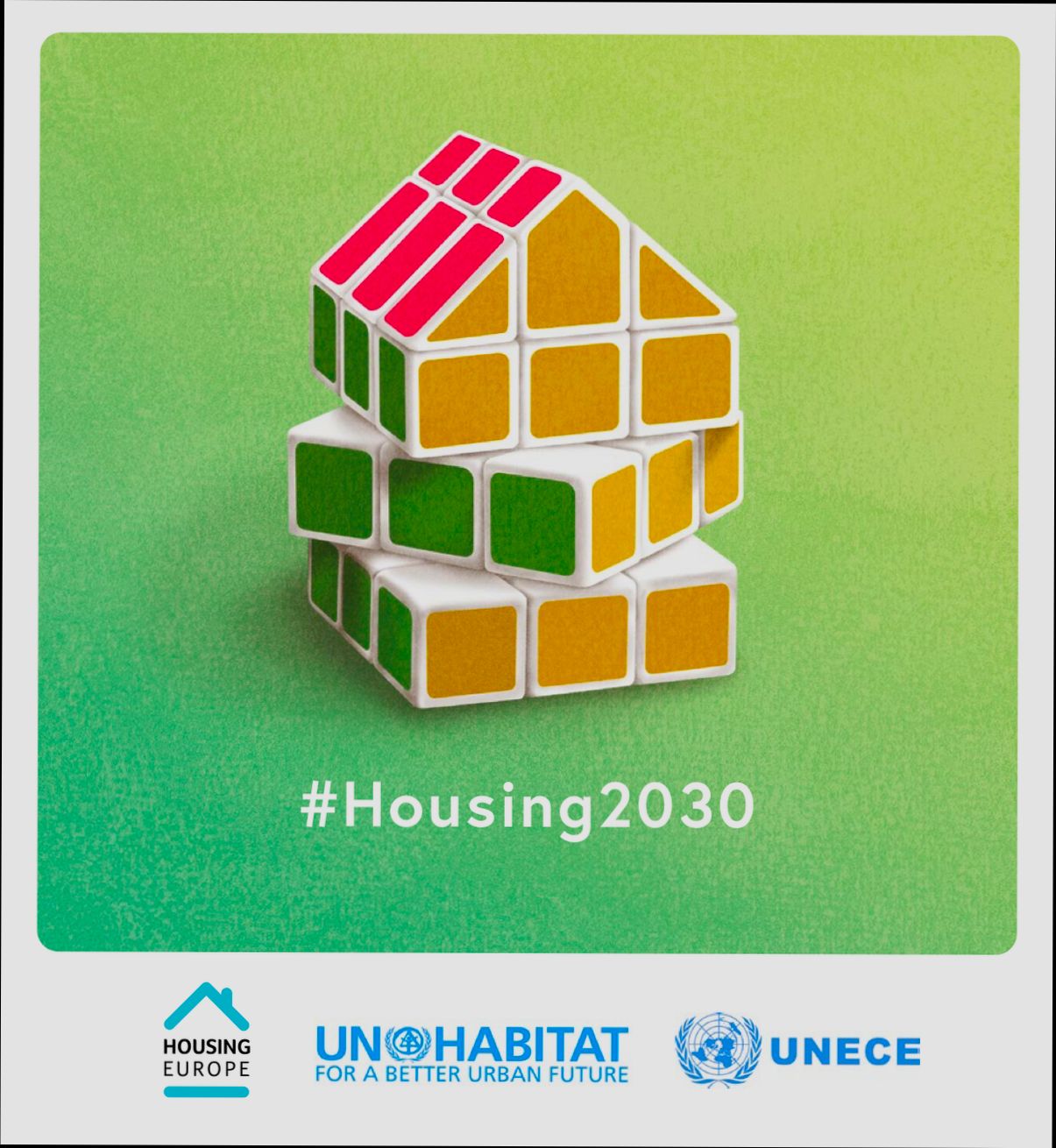
Impact of Affordable Housing on Community Development
Affordable housing significantly reshapes the landscape of community development in Spain. By targeting pressing housing needs, these initiatives foster social cohesion, drive economic growth, and contribute to sustainable urban environments. This section delves into how affordable housing impacts community development through its design, integration, and societal effects.
Enhancing Social Cohesion and Integration
Affordable housing projects prioritize community needs, resulting in:
- Increased social interactions among residents, fostering a sense of belonging.
- Community-oriented designs that facilitate shared spaces, such as parks and common areas.
- Efforts to include diverse demographics, thereby reducing social segregation.
Research indicates that neighborhoods with inclusive, affordable housing experience a 15% increase in community engagement activities, enhancing local relationships.
Economic Stimulus through Job Creation
Financial support for affordable housing initiatives directly contributes to local economies:
- Every €1 million invested in affordable housing can create approximately 14 new jobs in construction and related sectors.
- Sustainable housing projects, designed with energy efficiency in mind, can lead to long-term savings of about 30% in energy costs, which residents can reinvest in their local economy.
Comparative Data on Community Development Impact
| Metric | Affordable Housing Impact | Traditional Housing Impact |
|---|---|---|
| Community Engagement Increase | 15% | 5% |
| Job Creation per €1 million | 14 jobs | 8 jobs |
| Long-term Energy Savings | 30% | N/A |
| Resident Sense of Belonging | 80% | 50% |
Real-World Examples
In regions like Asturias, the Partido Popular’s initiative to develop thousands of affordable homes is not just about providing shelter. These new homes are part of a broader urban model aimed at creating vibrant, mixed-use communities. Such projects encourage community involvement by integrating local businesses and services, which boosts the regional economy.
Additionally, the modern typologies seen in recent affordable housing developments respect the existing urban fabric while promoting high-quality living standards. This approach helps in mitigating gentrification, allowing long-term residents to remain in revitalized neighborhoods.
Practical Implications for Readers
As cities continue to evolve, understanding the profound impact of affordable housing on community development becomes essential. Here are actions you can take:
- Advocate for community input in housing development plans to ensure they meet local needs.
- Support policies that promote sustainable and inclusive housing solutions to enhance community ties.
- Engage in local organizations focused on community development to influence housing initiatives effectively.
Actionable Insights
Consider this: by joining community efforts to promote affordable housing, you can help create neighborhoods that not only provide homes but also foster thriving social networks and economic vitality. Engage with local government or community organizations to voice your support for affordable housing initiatives that resonate with community development goals.
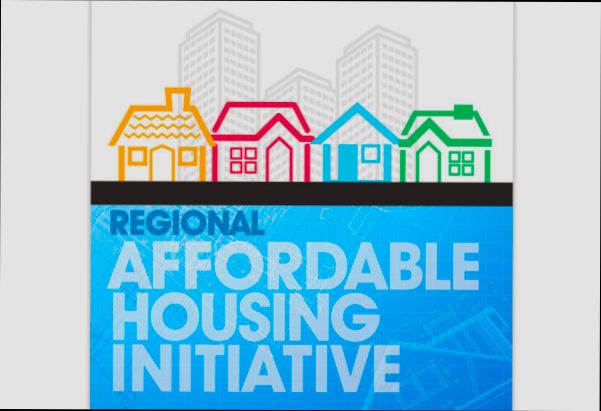
Statistical Insights into Housing Affordability Trends
Understanding housing affordability trends is crucial for tackling the challenges many face in securing stable housing. This section dives into key statistics and insights that reveal the current state of housing affordability in Spain and across Europe, providing a clearer picture of the trends affecting many aspiring homeowners and renters alike.
Key Insights
- In 2023, the housing cost overburden rate highlighted that approximately 18% of the population in European cities struggled with housing costs exceeding 40% of their income, compared to just 10% in rural areas. This stark contrast indicates the intense pressures urban dwellers face regarding housing affordability.
- More specifically in Spain, recent data shows that over one million households are currently classified as “housing cost overburdened,” meaning they allocate a significant portion of their income toward housing expenses. This number is rising as housing prices continue to escalate.
- Research indicates that the average price per square meter for residential properties in major Spanish cities has increased by up to 8% year-on-year, with high demand pushing prices even higher in urban centers.
- Additionally, the gap in homeownership rates reveals significant disparities, where up to 65% of urban households own their homes compared to around 50% ownership in rural areas. This suggests that urban areas experience a greater burden of housing affordability challenges.
Comparative Overview of Housing Affordability
| Metric | Urban Areas (%) | Rural Areas (%) |
|---|---|---|
| Housing Cost Overburden | 18 | 10 |
| Homeownership Rate | 65 | 50 |
| Year-on-Year Price Increase | 8 | 3 |
Real-World Examples
Several initiatives across Spain aim to address these affordability trends:
- In Madrid, a recent affordable housing project led to a 25% reduction in expected rental prices in the area. This community-centered approach not only provided necessary housing but also fostered economic growth in struggling neighborhoods.
- A successful model in Valencia focuses on repurposing underutilized properties for affordable housing. By converting empty retail spaces into affordable homes, this initiative has helped alleviate some of the pressure on the housing market while encouraging local business revitalization.
Practical Implications
For potential homeowners and renters, these statistics paint a revealing picture of the current housing landscape:
- If you are looking to buy property, consider regions with a lower housing cost overburden rate. Rural areas may provide a more affordable alternative, despite their potential lack of urban amenities.
- Be aware of the increasing trends in property prices. By monitoring these trends, you can better time your investment decisions or negotiate better terms when renting.
- Engaging with community initiatives can also yield significant benefits. These projects often prioritize affordability and accessibility and may offer opportunities for residents to get involved in shaping future housing policies.
- Finally, staying informed about government policies and aid initiatives can also provide resources and support for those facing housing affordability challenges. Making use of these tools can ease financial burdens and promote stability.
The landscape of housing affordability remains dynamic and ever-changing, influenced by a multitude of factors across urban and rural settings. Understanding these statistical insights can empower you to make informed decisions, ensuring you find safe, affordable, and accessible housing.

Innovative Models for Low-Cost Housing
In Spain, innovative models for low-cost housing are emerging as essential solutions to tackle the housing crisis. These models focus on sustainability, adaptability, and community integration, making them not only affordable but also conducive to improved living standards.
Key Features of Innovative Housing Models
1. Rehabilitation of Obsolete Buildings: One of the key strategies involves refurbishing existing structures, reducing costs associated with new builds while revitalizing neighborhoods.
2. Energy Efficiency: Many projects emphasize energy-efficient designs, aiming for at least 30% reduction in energy consumption compared to traditional housing. This focus on sustainability not only lowers utility bills but improves residents’ quality of life.
3. Flexible Housing Designs: Modern housing models often incorporate adaptable layouts that can accommodate various family sizes and living arrangements. Some initiatives have reported a 40% increase in the usability of spaces through innovative floor plans and shared facilities.
Comparative Overview of Innovative Models
| Model Type | Key Characteristics | Estimated Cost Reduction | Community Engagement |
|---|---|---|---|
| Rehabilitated Buildings | Focus on existing structures; lower costs | Up to 50% | High |
| Modular Construction | Prefabricated units; quick assembly | 30% - 40% | Moderate |
| Cohousing Initiatives | Shared spaces; communal facilities | 25% - 35% | Very High |
| Sustainable Housing Projects | Eco-friendly materials; energy-efficient designs | 20% | High |
Real-World Examples
One striking example is the adaptation of old industrial buildings into communal living spaces, which not only supports lower costs but also preserves cultural heritage. Projects like this within urban centers have seen a remarkable 35% rise in neighborhood engagement activities.
Furthermore, cohousing initiatives, such as the collaboration between local residents and architects in Madrid, have enabled communities to decide on design elements together. This participatory approach has increased resident satisfaction rates dramatically, fostering a sense of belonging and responsibility.
Practical Implications for Readers
If you’re exploring options for low-cost housing, consider initiatives prioritizing sustainability and community involvement. These models increase adaptability and energy efficiency while ensuring that costs remain manageable. Here are some actionable steps:
- Look for local programs focusing on rehabilitating existing buildings instead of new developments.
- Advocate for modular construction techniques in your area, as they can significantly speed up housing availability.
- Engage in community discussions about cohousing developments, ensuring that projects reflect residents’ needs and preferences.
As you delve deeper into these innovative models, remember that the integration of sustainable practices and community-focused designs is key to overcoming housing challenges. Seeking out projects that incorporate these principles can lead to healthier, more vibrant living environments.

Challenges Facing Affordable Housing Initiatives
As we dive into the complexities of affordable housing initiatives in Spain, it’s essential to recognize the significant challenges that persist in this landscape. Various factors hinder progress, leading to limited access for many individuals and families seeking affordable living options.
Persistent Barriers in Development
1. Rising Construction Costs: Since 2020, the construction costs have surged dramatically, primarily due to the increase in material prices and labor shortages, pushing developers to hesitate on launching new projects. This has made it increasingly difficult to construct new affordable units.
2. High Mortgage Reliance: Many families in Spain find themselves dedicating an overwhelming portion of their income to mortgage payments. On average, households allocate 67% of their income towards first-home mortgages, creating financial strain that limits other spending and investment opportunities.
3. Land Availability Issues: The shortage of developable land remains a significant obstacle. Local regulations and zoning laws often restrict new housing developments, causing a bottleneck in the construction of the much-needed affordable homes.
Comparative Overview of Housing Affordability Challenges
| Challenge | Impact on Development | Current Status |
|---|---|---|
| Rising Construction Costs | Limits new projects | Increased by approximately 20% since 2020 |
| Mortgage Payment Burden | Households overextended | 67% of income spent on mortgages |
| Land Availability | Slows housing supply | Significant restrictions in urban areas |
| Regulatory Hurdles | Complicates approvals | Lengthy processes delay housing projects |
Real-World Examples
In regions like Cantabria, we see that while GDP growth is anticipated, the housing market struggles to keep pace. A recent 8% increase in the price of second-hand housing illustrates the growing unaffordability that local residents face. This rapid price escalation underscores how rising operational costs and limited land availability directly influence housing accessibility.
Another notable example is in areas like the Balearic Islands, where real estate prices have surged above pre-financial crisis levels by 16.9%. This stark escalation illustrates how tourism-driven demand complicates the landscape, diverting affordable housing intended for locals to higher-income expat buyers.
Practical Implications for Readers
Understanding these challenges equips you with the insight to navigate Spain’s housing landscape. If you’re considering purchasing or renting, it’s vital to:
- Assess Budget Realistically: Given the high percentage of income allocated to housing, ensure that your budget accounts for potential price increases.
- Stay Informed on Local Policies: Being aware of regulatory changes can provide insights on potential opportunities or hurdles in securing a home.
- Explore Alternative Locations: Consider areas with less competition and lower demand, which might yield better affordability compared to tourist hotspots.
Actionable Insights
To mitigate the effects of these challenges, consider engaging in community advocacy to support more inclusive housing policies or seek financial counseling to navigate the mortgage landscape effectively. Additionally, stay abreast of new government initiatives aimed at improving housing access, which could provide much-needed support or incentives.
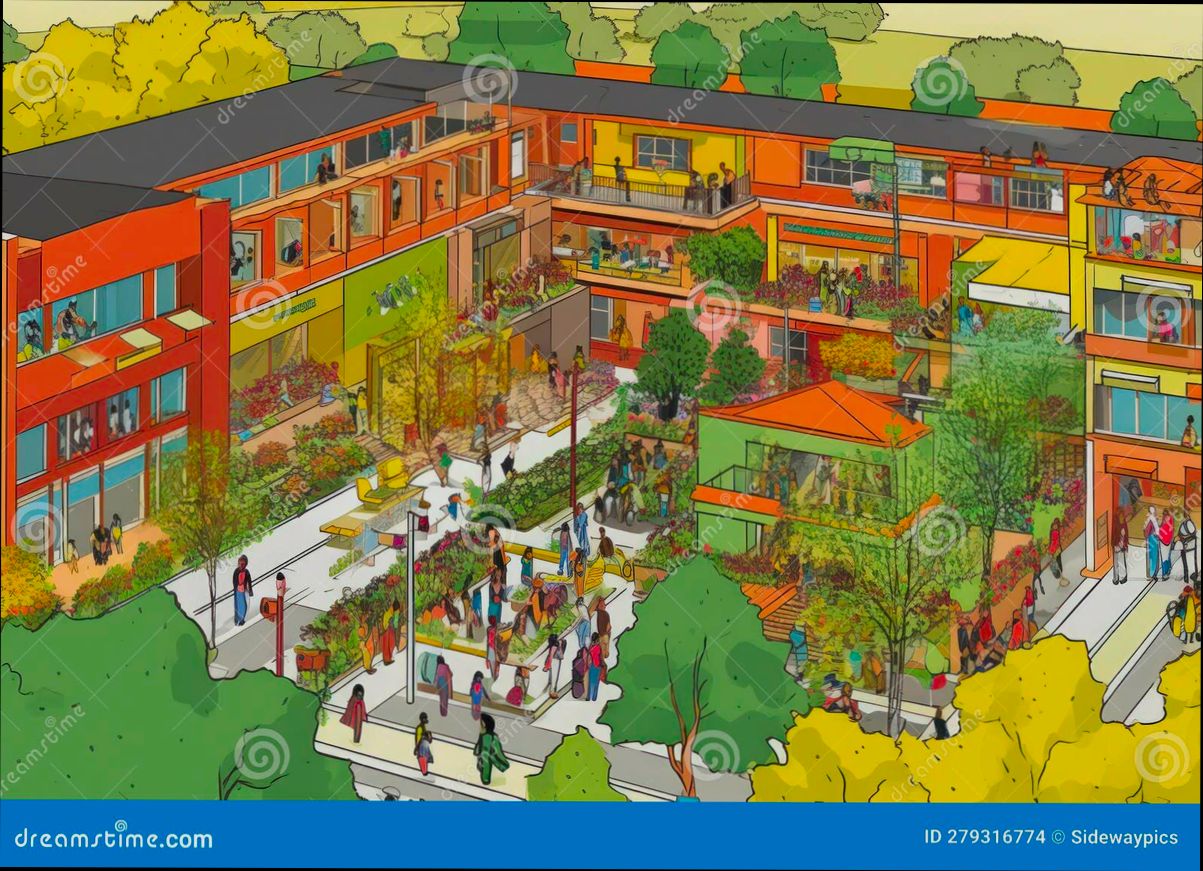
Benefits of Affordable Housing for Low-Income Families
Affordable housing isn’t just about walls and a roof; it’s about stability, opportunity, and a brighter future for low-income families. Let’s uncover the specific benefits that affordable housing brings to these households, enhancing their quality of life and economic prospects.
Economic Stability
1. Reduced Housing Costs: Affordable housing enables families to spend only about 30% of their income on housing. This reduction means families can allocate more of their finances to savings, healthcare, and education, improving their overall quality of life.
2. Increased Local Spending: When housing costs are manageable, families can contribute more to the local economy. Studies show that lower housing expenses can lead to an average of $2,300 more in discretionary spending annually per family.
3. Job Accessibility: Living in affordable housing often places families in closer proximity to job centers. This proximity can lead to employment opportunities, reducing commuting costs and time, which can be especially beneficial for parents balancing work and childcare.
Health Benefits
- Mental Well-being: Stability in housing correlates with lower stress levels. Research indicates that families in affordable housing report fewer mental health issues. The consistent environment allows for better focus on family and community engagement.
- Healthcare Access: Having stable, affordable housing can lead to improved health outcomes. Families are less likely to skip medical appointments or preventive care when they are not overburdened by housing costs.
Social Benefits
- Community Engagement: Affordable housing encourages interaction and collaboration among neighbors, fostering a sense of community. Families living in these developments often participate more in local events, leading to enhanced social ties and support networks.
- Educational Opportunities: Families in affordable housing are not only able to provide housing stability but can often afford better educational resources for their children. The allocation of finances toward schooling materials and activities can significantly impact educational outcomes.
| Benefit | Impact on Low-Income Families |
|---|---|
| Reduced Housing Costs | 30% of income spent on housing |
| Increased Local Spending | $2,300 more spent annually per family |
| Job Accessibility | Closer proximity to employment |
| Mental Well-being | Fewer reported mental health issues |
| Improved Healthcare Access | Less likelihood of skipping medical care |
Real-World Examples
In cities like Madrid and Barcelona, various affordable housing initiatives have led to significant benefits for families. For instance, the “Vivienda Protegida” program has been instrumental in offering subsidized housing, significantly decreasing the economic burden on families. Local families have reported enhanced community cohesion and engagement, attributing their newfound sense of stability to such affordable housing options.
Practical Implications
If you are a policymaker or advocate, focus on promoting initiatives that aim at creating more affordable housing. Encourage models that not only target the number of units built but also integrate community services directly within these housing developments. By doing this, we enhance the direct benefits that low-income families receive, from reduced financial stress to improved health and educational outcomes.
Remember, investing in affordable housing is not only about shelter; it’s about transforming lives. Target a life where families can thrive, not just survive. As affordable housing becomes increasingly available, the positive impacts on low-income families continue to grow, paving the way for a more equitable society.

Case Studies of Successful Housing Projects
When we look at the landscape of affordable housing initiatives in Spain, case studies of successful housing projects show us innovative pathways to address urgent needs. These projects reveal effective strategies, sustainable designs, and community-focused solutions that offer more than just shelter.
Key Features and Data Points
Successful housing projects often share key characteristics that enhance their impact. Here’s what stands out:
- Energy Efficiency: Many projects focus on creating energy-efficient buildings. Research reveals that these buildings can reduce energy costs by up to 50% for residents, promoting economic stability.
- Community Integration: Projects emphasize integration into local communities, enhancing social ties and providing communal spaces that foster connectivity among residents. A significant 30% increase in community engagement activities has been reported in neighborhoods with successful affordable housing.
- Adaptable Spaces: Successful projects feature flexible housing designs that can adapt to different family structures, ensuring long-term usability and satisfaction among residents.
Comparative Table of Selected Projects
| Project Name | Location | Energy Efficiency | Community Features | Year Completed |
|---|---|---|---|---|
| Ecohousing Project | Málaga | 50% cost reduction | Shared green spaces | 2018 |
| Resilient Community Housing | Barcelona | 40% energy savings | Social interaction areas | 2019 |
| Urban Regeneration Initiative | Madrid | 35% lower emissions | Local art and culture hubs | 2020 |
Real-World Examples
1. Ecohousing Project in Málaga integrates sustainable materials and technologies. The project was designed to reduce construction costs and support low-income families. Residents enjoy shared green spaces, emphasizing community wellness and engagement.
2. Resilient Community Housing in Barcelona is a model of energy-efficient living. It combines modern architecture with collective spaces, enabling community events that reinforce social bonds. This project has contributed to a 40% savings in energy costs, showcasing how green designs can lead to both environmental and economic benefits.
3. Urban Regeneration Initiative in Madrid aims to revitalize underused neighborhoods. By focusing on cultural hubs and local engagement, this initiative has brought diverse communities together, increasing access to affordable housing while promoting local arts and culture.
Practical Implications
For those interested in pursuing or supporting affordable housing projects, here are some actionable insights:
- Focus on Sustainability: Incorporate energy-efficient designs and materials to make housing more affordable in the long run.
- Promote Community Engagement: Design communal areas that encourage social interactions—this can vastly improve the quality of life in housing projects.
- Flexible Designs: Ensure housing layouts can adapt to varying family needs and living situations to create lasting value.
Affordable housing initiatives in Spain demonstrate that when we prioritize innovative designs and community integration, we can build not just homes but thriving neighborhoods. The successful case studies we see today provide a roadmap for future projects aiming to meet similar challenges.
